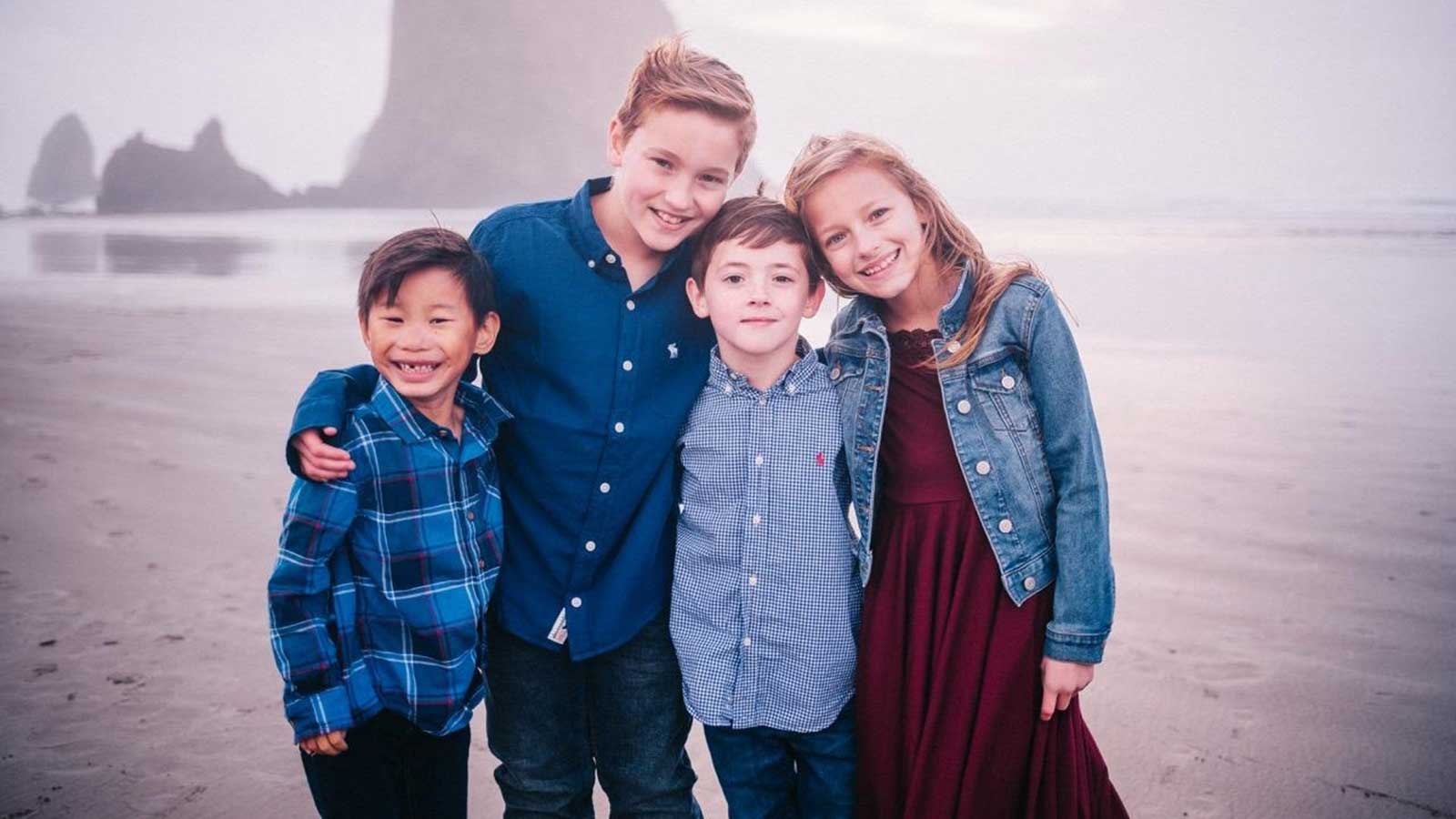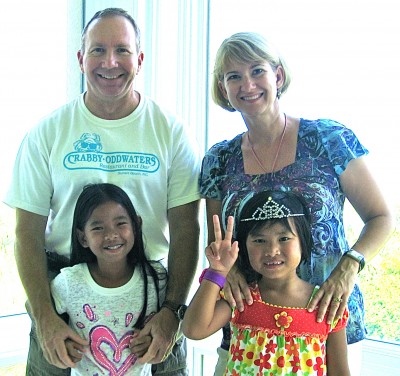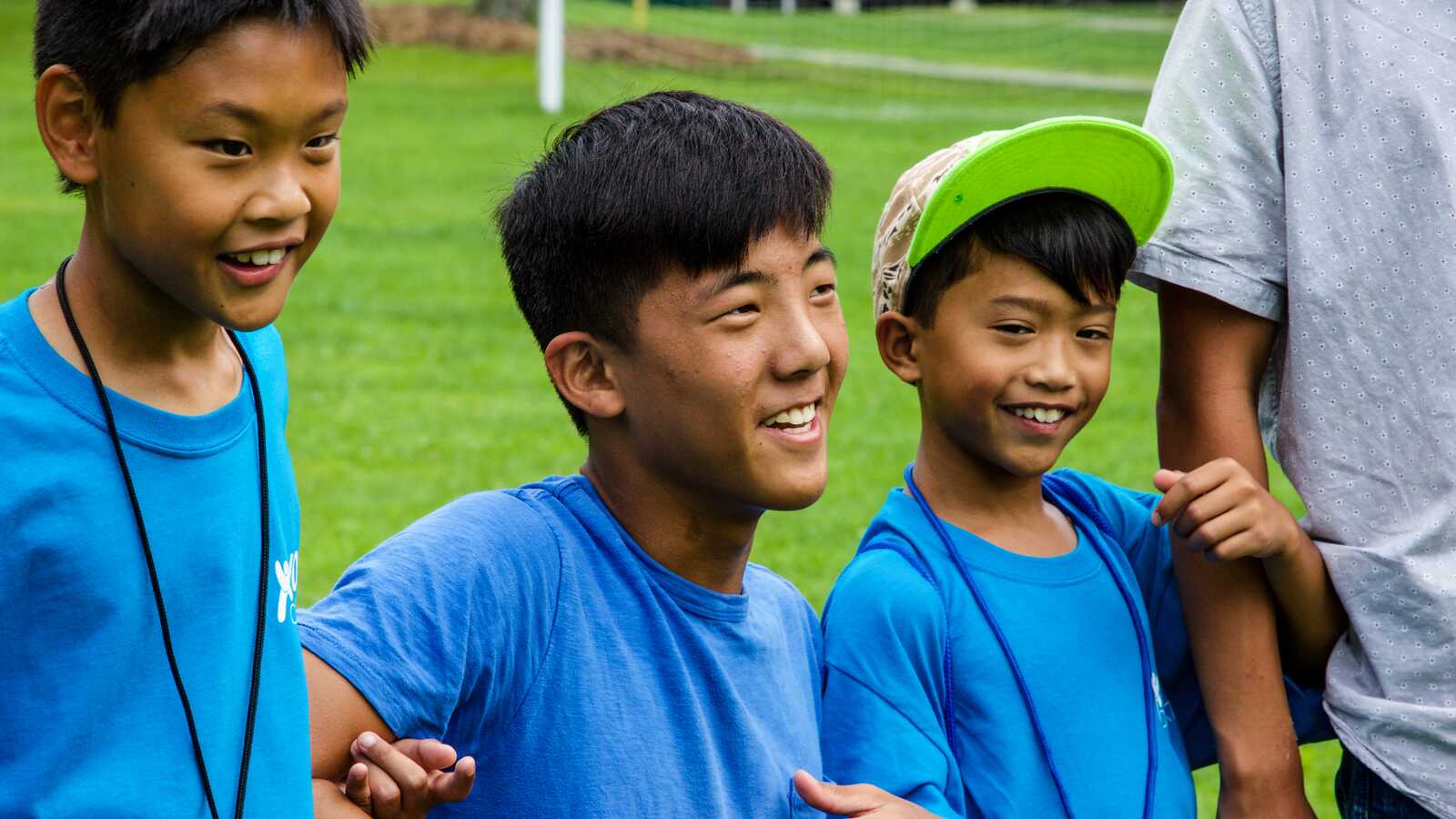How adding an older child to your family will affect children already in your home, and how to support every child through this changing dynamic.
Nature intended for children to be added to a family as infants. They are immobile, sleep a lot, and really only care about the ones who feed and clean them. This arrangement allows siblings to gradually get used to having another child in the home. The sibling can assist the parents in the infant’s care. They feel important because they are bigger and can be close to their parents in ways that the new sibling developmentally cannot.
This is not always the case with adoption. The “resident” child, when an older adopted sibling is brought into the mix, can be blown out of the water when introduced to a child who is mobile! The new child can find their way into their siblings’ stuff, they need more parental monitoring, they can inappropriately throw themselves into the physical space of their siblings, and they can have tantrums when a friend comes to the house. These examples could go on and on. Intense sibling rivalry can ensue, and parents can see a side to their first child that they never knew existed. Parents might find themselves wishing things could just go back to the way they were.
No matter what their specific response is, this change has threatened their sense of security. They are responding out of fear.
We can’t go back, so what can we do? A good place to start is by becoming attuned with the feelings of each child who has shown a change in behavior. Not all children will react to a new sibling with fighting or whining, but these are the most disruptive. Also, watch for kids who shut themselves in their room, or suddenly become overly solicitous to adults, wanting to help at the expense of doing things they love. No matter what their specific response is, this change has threatened their sense of security. They are responding out of fear. The child knows that they need their parents to survive, and this family restructuring, especially going from one to two children, can feel as if their very existence is being threatened.
To a secure, mature adult this may sound unreasonable, but we are not dealing with the reasoning part of the brain. The emotional part of the brain is being activated, and words alone will not calm this part of the brain. A child has to feel love and be sure of their special place in the family and in their parents’ hearts. To help your “resident” children, think back to what they most enjoy doing with you. Is it watching cartoons on Saturday morning, or cuddling on Sunday morning? Is it playing games? Do your best to keep these special times in your new routine and mark it on the calendar. Be sure your “resident” child knows when their special time is coming and try not to let anything interfere with keeping this “date.” If you have more than one “resident” child, then in addition to one-on-one time, mix them up into small groups that change often and do things that they think are fun. This will be especially helpful if your children span many developmental stages.
Ask your friends and family for help with this. Successful families rely on others to be able to meet their children’s needs. This does not mean asking them to take your children out on fun excursions, but instead asking them to make dinner or clean the house or mow the lawn so you can go do fun things with your children. Play and fun is the most effective way to create and strengthen bonds with children whose basic needs are being met.
Abbie Smith, LCSW | Former Holt team member


